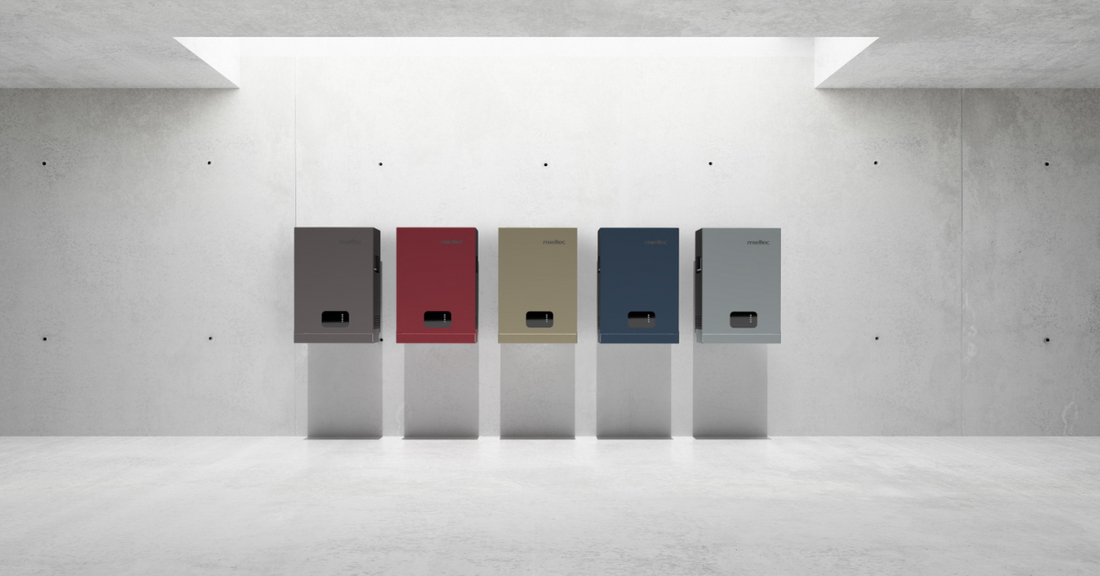Energy storage – the key to effective energy management
Energy storage plays an increasingly important role in modern energy systems, especially in the context of renewable energy sources. Thanks to the energy storage, it is possible to store surplus energy and use it at a later time, which contributes to the stabilization of energy supplies. Storing surplus allows for the maximum use of renewable energy sources, while reducing dependence on the power grid.
How does energy storage work?
The operation of an energy storage device is based on storing electrical energy in various forms, such as lithium-ion batteries or lead-acid batteries. Energy storage devices operate by charging and releasing energy depending on demand. The charging process involves collecting the stored energy and then releasing it when the device is fully charged. The charged energy storage device begins to release the stored energy to the electrical grid or to the installation system.
Using energy storage in a photovoltaic installation
In the case of a photovoltaic installation, an energy storage allows for the efficient management of surplus energy. Photovoltaic panels generate electricity that can be directly consumed or stored in an energy storage for later use. Thanks to the energy storage, the production of electricity from renewable energy sources can be better adapted to the user's demand. The energy drawn from the storage allows for the optimal use of the energy produced.
Types of energy storage
Energy storage can be divided into several categories:
-
Lithium-ion batteries – are characterized by long life and high efficiency. Lithium-ion batteries are currently the most commonly used solution.
-
Lead-acid batteries – relatively cheaper, but have a shorter lifespan.
-
Hydrogen energy storage devices – use hydrogen to store electrical energy, ensuring a stable electricity supply.
-
Flow energy storage – release energy more slowly, but allow for long-term storage of electrical energy. Flow storage is particularly useful in large power installations.
How to choose an energy storage device for your needs?
When choosing an energy storage device, several factors should be considered, such as the storage capacity, the amount of energy that can be stored, and how the surplus energy is stored. It is also important to consider energy consumption and the market segment in which the storage device is most important. Further energy consumption should be adapted to the performance of the energy system to ensure efficient use.

Benefits of having an energy storage
Having an energy storage facility has many benefits, including:
-
Possibility to store surplus energy and use it later.
-
Stabilization of electricity supply in the event of power outages.
-
Increased efficiency of the photovoltaic installation and greater independence from the power grid.
-
Possibility of emergency power supply to the installation in the event of a power failure.
The process of converting stored energy
The conversion of stored energy looks like this: electrical energy generated by photovoltaic panels is converted into chemical energy and stored in batteries. When energy is needed, the energy storage begins to release the stored energy, converting it back into electrical current.
The Future of Energy Storage
Further development of energy storage technologies will focus on improving the efficiency and longevity of batteries and increasing the efficiency of renewable energy sources. The growing importance of energy storage will help to stabilize energy supplies and reduce dependence on the power grid, which will be crucial for the future of the energy sector.



 Also check out:
Also check out: 

